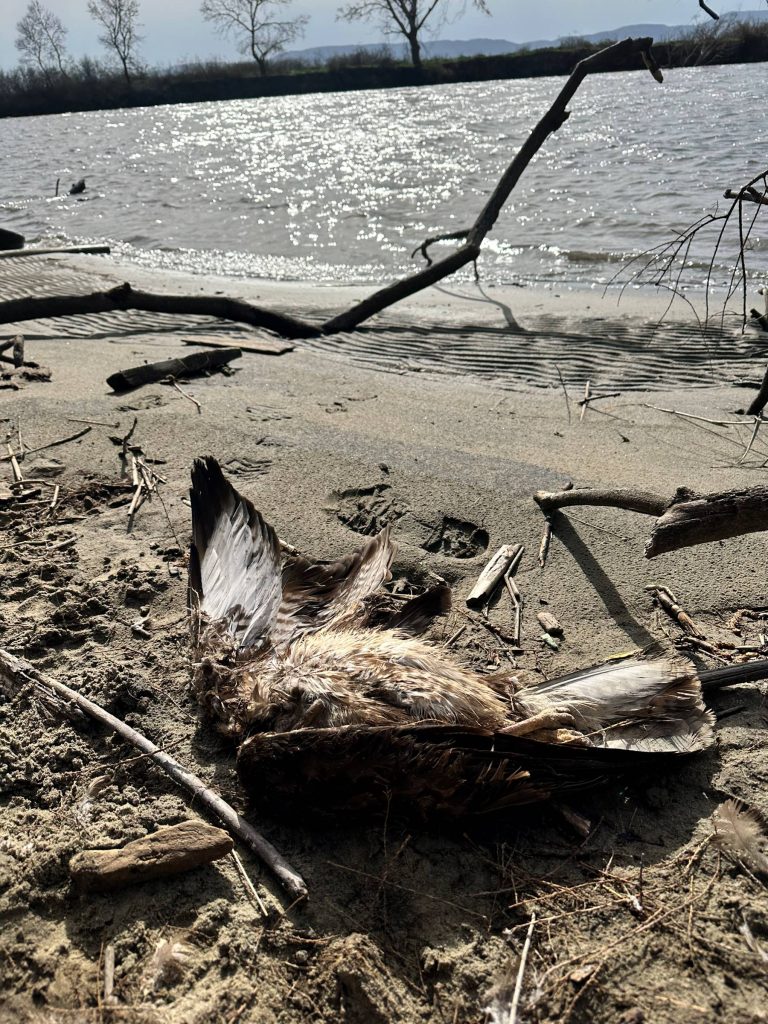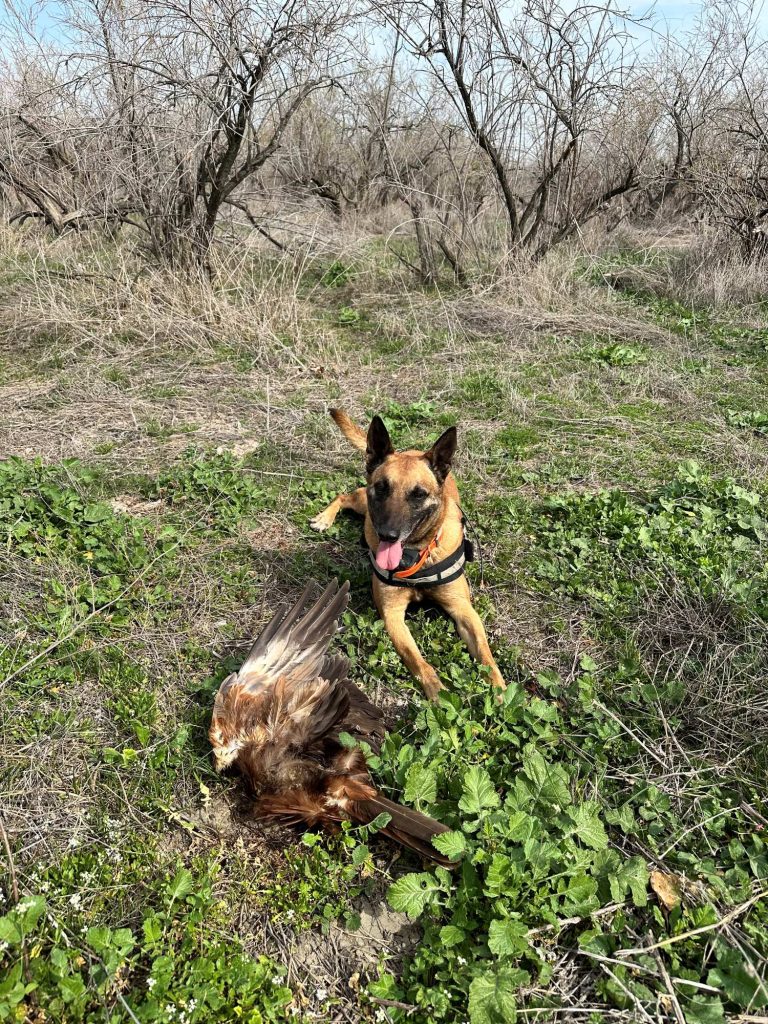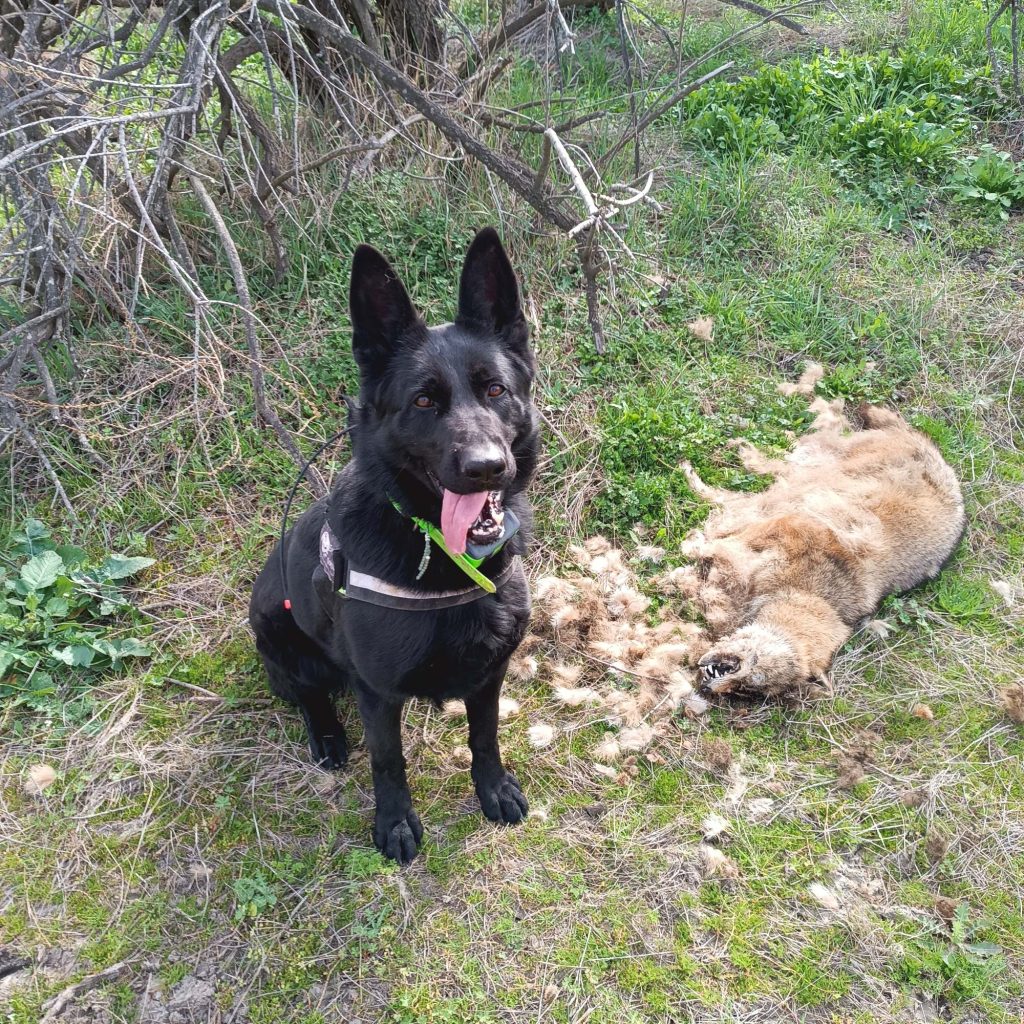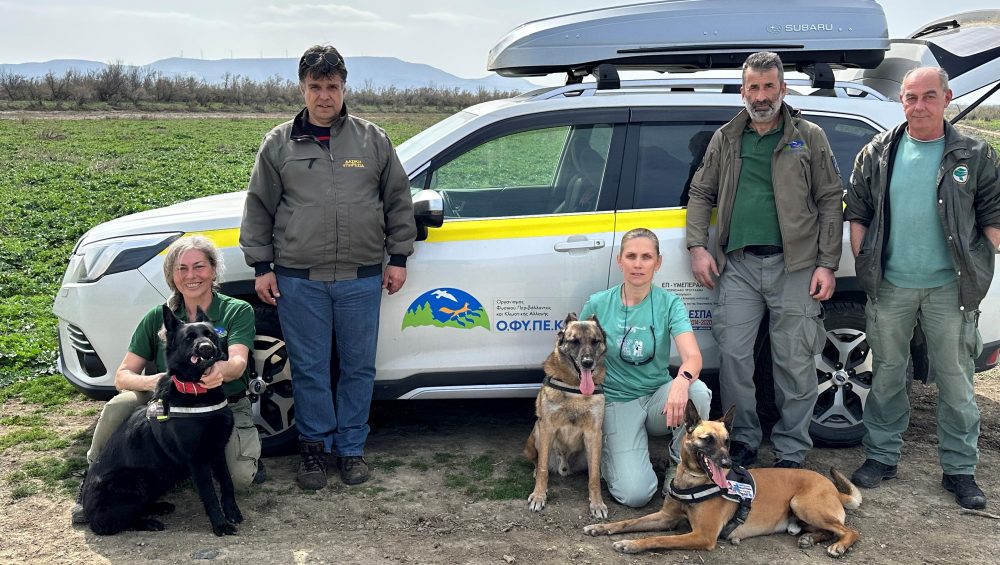ΚΟΙΝΟ ΔΕΛΤΙΟ ΤΥΠΟΥ Ο.ΦΥ.ΠΕ.ΚΑ ΚΑΙ ΕΤΑΙΡΕΙΑΣ ΠΡΟΣΤΑΣΙΑΣ ΒΙΟΠΟΙΚΙΛΟΤΗΤΑΣ ΤΗΣ ΘΡΑΚΗΣ
New incident of mass wildlife poisoning in Evros National Park with 48 dead animals
A chain of wildlife deaths has unfolded once again in Evros, and even within the boundaries of the Evros Delta National Park! A year after the incident that caused the death of 47 wild animals in the area of Feres Evros, again this year, just a few kilometres away, dozens more animals died a horrible death, probably from poisoned baits. In particular, after several days of investigations with the assistance of two Anti- poison dog Units, a total of 48 dead animals were found, setting a new negative record for the country.
It all started on Wednesday 12 March 2025, when staff members of the NECCA noticed that the telemetry transmitter installed by them on a western marsh harrier (Circus aeruginosus) was transmitting from a fixed point for a long time. The following day, after an autopsy at the site from which the transmitter was transmitting, two dead western marsh harriers were found, one of which was carrying the transmitter.Circus aeruginosus) εξέπεμπε από σταθερό σημείο για μεγάλο διάστημα. Την επόμενη μέρα, μετά από αυτοψία στο σημείο από το οποίο έδινε στίγμα ο πομπός, βρέθηκαν δύο νεκροί Καλαμόκιρκοι, εκ των οποίων ο ένας έφερε τον πομπό.
The Forestry Service of Alexandroupolis and the SPBT were immediately informed of the incident. In joint patrols carried out with the participation of the Anti- poison dog Unit of the SPBT and the NECCA in the following days, until Tuesday, March 18, the dead animals and the possible poisoned bait (carcass of a livestock animal with a suspicious substance) were found and collected at a short distance from the site. These were 16 Jackals, 13 western marsh harriers, 16 common buzzards, as well as a crow and two ravens.
In six days of patrols, the two dogs, Dalton and Bora, and their handlers covered about 50 kilometres. All dead animals were collected by the Forestry Service of Alexandroupolis and buried safely, with the assistance of the Municipality of Alexandroupolis, to prevent further animal poisoning. Also, samples were taken from the possible
poisoned bait and the findings that were in good condition by the Directorate of Agricultural Economy and Veterinary Evros to be sent for toxicological analysis.
Illegal and harmful practice
The illegal use of poisoned baits is a hindrance to the long-standing efforts to protect and conserve the rare species of Thrace. Despite the fact that it has been prohibited by law since 1993, it is a common practice in Greece, both in urban areas and in the countryside. Poison baits threaten wildlife and domestic animals, killing dozens of animals every year and endangering populations of protected species.
Criminal poison baits do not discriminate and can cause “chain” deaths of animals. Once an animal consumes poisoned bait, a sequence of deaths begins as it becomes poisoned bait itself, leading other animals to secondary poisoning.
In recent years, many steps have been taken to tackle this crime, such as the creation of the Anti-poison Dog Units and the establishment of Local Action Plans.
For more information on the actions carried out by the SPBT in the fight against poisoned baits, please visit the website: https://spbt.gr/omada-anixneusis-dilitiriasmenwn-dolomatwn/




